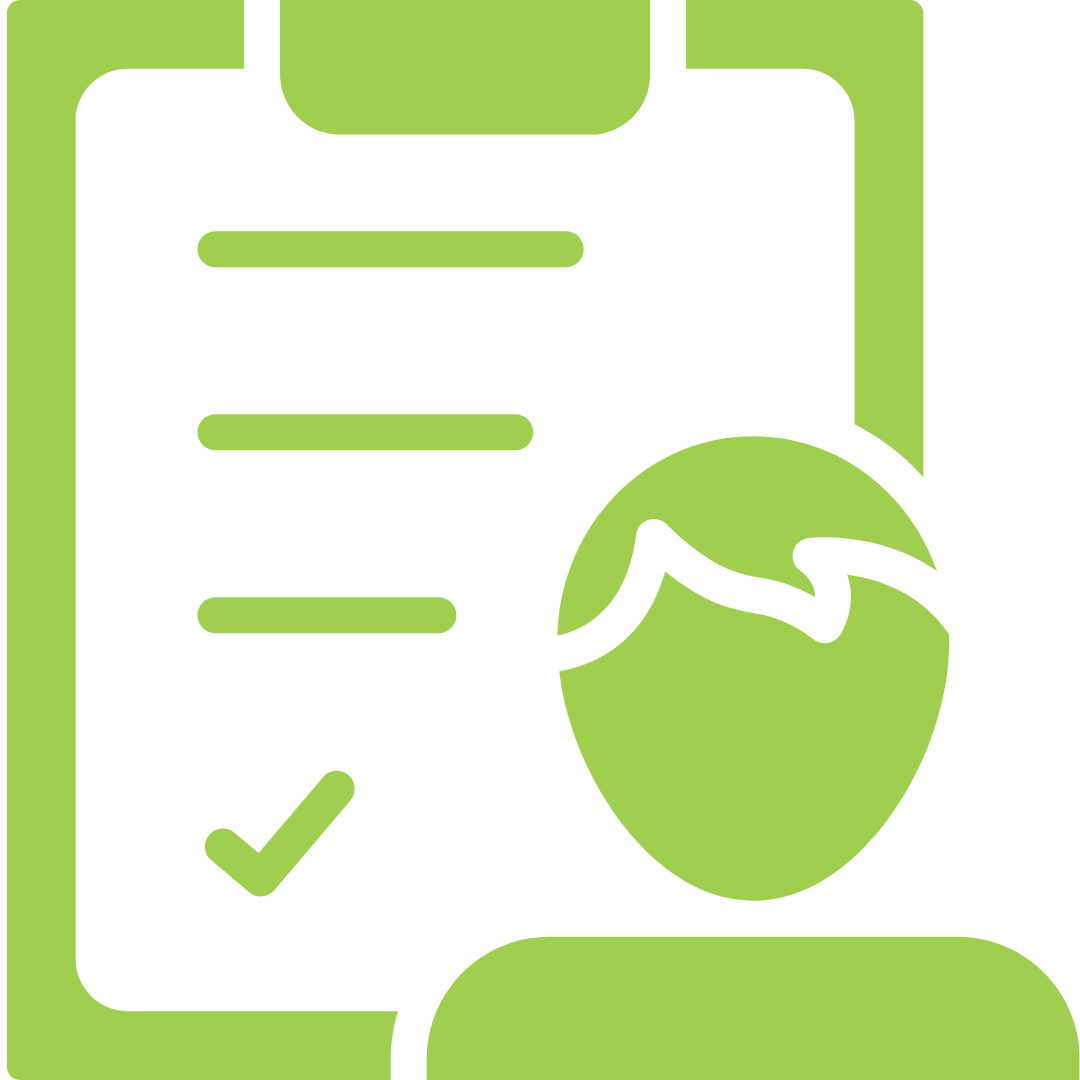The inspiration for this post came to me while I was laying in my 10-month-old’s crib with him. Yeah, I’m that mom. But let me explain!
My sweet baby boy was an excellent sleeper until he hit the 6-month mark. Then, suddenly we went from one night waking to like 7…or more. I tried everything I could think of to get him back on track but nothing worked. Finally, I just gave up and started bed-sharing with him in the guest bedroom of our house. With him in the same bed as me, at least I got some sleep while he nursed every 1-2 hours.
Now, I’m not trying to start a discussion or debate on the safety or benefits/dangers of bed-sharing so let’s not go there. Let’s stay focused.
The point is, I gave up trying to teach my son how to sleep in his crib. But after a few months of this, I had an “Aha!” moment when I realized that what I really wanted to do was to teach my son a new skill (sleeping in his bed), and as a speech therapist, I know a formula for teaching a child anything. (Plus, I really wasn’t getting much sleep with him in the bed with me so that was pretty motivating)
The Magic Formula for Teaching a Child a New Skill
The concept is easy, though implementing it can be a long process that involves a lot of work, depending on the skill. Here’s the basic idea:
To teach a child a new skill, figure out what supports they need to do the skill successfully, and then gradually fade those supports until the child is doing the target skill on his own.
I know, easier said that done. That’s why I’m going to show you the formula that will make this process a piece of cake. Here’s the formula:
Step One: Identify the Target Skill
What is the target skill? What do you want the child to do?
The first thing you need to do is figure out exactly what it is you want the child to do. Be as specific as possible.
In my case, I wanted my child to sleep in his crib by himself and it sure would be nice if he would sleep through the night, too (but that would just be icing on the cake).
Step Two: Identify How the Child is Currently Doing the Skill (or the closest that they can come)
What supports (prompts, help, assistance, cues) does the child currently need to do the skill?
How much help do you have to give the child before he’s able to do the skill on his own. Or, if he can’t do the skill no matter how much help, what is the closest he can come to the skill? Well, first you may want to make sure that the skill you’re targeting is appropriate for that child. For example, what if the target skill is answering “where” questions but the child is not doing anything close to that? Then, maybe the closest that you can come with the child is saying “Where’s your nose?” and then helping him move his finger to his nose. See what I did there? I came up with the closest approximation that I could to the desired skill and with as much support as necessary. Sometimes the support is you actually doing the skill for them. Other times, the support is just a verbal reminder or a knowing look from Mom.
In my example, my child was able to sleep if he was in a separate bed with me nursing him and staying beside him the whole night.
Step Three: Compare the Supports to the Target Skill
The next thing you want to do is to list out all of the supports that the child needs and then compare each one to how it would look if the child was doing the skill independently. This will help you see what path you need to take to eliminate each support (gradually, of course).
Let’s take a look at how my son’s supports compared to his target skill:
- Sleeping in guest bed à Sleeping in his crib
- Sleeping with mom beside him à Sleeping independently
- Nursing to sleep when woken à Putting self back to sleep when woken
Step Four: Decide on the First Support To Take Away or Fade
What would be the easiest support to take away (or fade slightly) while leaving all other supports the same?
Take a look at your list of supports and decide which one will be the easiest to remove or fade slightly. When I say “fade”, I’m referring to gradually taking the support away. Try to decide which support would be the least disruptive to the child. If there is a support that the child relies heavily on, you don’t want that one to be the one you take away first. Instead, take away a less important support. If you can’t entirely eliminate a support in one swoop, try to just gradually decrease it instead. I’ll give you an example of that in a bit.
Well, fortunately for us, my son has a very large crib that would accommodate both of us. So in this example, the easiest thing that I could change (without totally throwing him off) was to move both of us into his crib but still lay with him and nurse him when he wakes up.
Step Five: Remove or Fade that Support
It’s time to start removing or fading the support that you chose. Try to keep everything else the same (all other supports are in place) but just remove the chosen support and ask the child to do the task. If the child falls apart or cannot do the skill, then you will want to gradually fade the skill instead.
To fade a support, you will want to slightly decrease the intensity of that support. For example, if the support is moving a child’s hand to touch an object, you could fade that slightly by holding onto just his elbow and pushing his arm in the right direction but not entirely controlling his hand like you were before. Take a look at my example in the “Pro Tip” section for more details.
Step Six: Remove Another Support
Once the child is comfortable doing the skill without that support, what is the next easiest support to take away (or fade slightly) while leaving all other supports the same?
Now that the child is comfortable doing the skill without that first support, take a look at the remaining supports and determine which one would be the next easiest to remove. Keep in mind, you can always just gradually decrease a support instead of taking it away cold turkey, see the next section.
Once I had my son sleeping well in his crib, the next support I removed was me laying next to him. I would wait until he was asleep and then quietly and gracefully extricate myself from his crib. Let me tell you, it was a little touch and go when I was half-asleep in the middle of the night, but so far I haven’t fallen face first yet. …knock on wood…
Perfect! Two of the three supports removed. But this last support wasn’t going to be so easy to remove.
Pro Tip: What to Do When You Can’t Remove a Support Cold Turkey
If you can’t completely take away a support in one swoop, either because the child will become upset or won’t be able to do the skill anymore, consider just backing it down slightly.
Take my example: The last support to remove was nursing my child to sleep. Well, I tried just not nursing him and he screamed bloody murder. Not good. So I had to figure out a way to scale back a bit and just slightly reduce the amount of support he was getting. I decided to do this by only nursing for 60 seconds, then pulling back to see if he would go to sleep. If he latched on again I nursed for another 60 seconds and then pulled back again. I kept doing this until he was content to be unlatched.
We are now at the point where he will only nurse for the first 60 seconds and then happily goes back to sleep unlatched. I’m not all the way there but I would say this is a HUGE improvement over where we were and I will continue to fade this support until he is independently sleeping and putting himself back to sleep in his crib.
The key here is that there is no right or wrong way to fade a support. You just have to take a guess at what would be a good way to fade the support and then give it a try. If it doesn’t work, you try something else. If it does, you go with it.
Step Seven: Continue Fading and Removing Supports as Necessary
Ok, now that you have the hang of it, just keep going! Keep fading or removing supports until the child is performing the target skill without support. Keep in mind that you may be at this for a while. You may have to work on removing one support for a while before the child is comfortable doing the skill without that support. In my example, it has taken a few months to get to the point we’re at now. You may be working on fading a particular support for months! Just be patient and keep working and eventually you will get it.
Download the Formula Worksheet!
I know this was a lot of information, so I have created a worksheet format that will help you go through this process. Please click the button below and I will send you the worksheet.
More Resources for Speech-Language Pathologists:
Looking for more therapy ideas and resources to help you provide the BEST services to your clients? Join us in The SLP Solution, our membership program for speech-language professionals! Inside the membership, you’ll find:
- Step-By-Step Guides for teaching a variety of speech/language/communication skills
- Pre-Made Worksheets and Therapy Activities for hundreds of different topics
- Training Videos for dealing with difficult disorders or problems
- Answers to Your Questions in our exclusive SLP community
- Tools and Resources to help you with your paperwork and admin tasks
- Continuing Education through our monthly webinars and webinar recordings
To join us in the full SLP Solution, or to snag a free membership, click on the button below!
Podcast: Play in new window | Download | Embed
Subscribe: Apple Podcasts | RSS







I LOVE this. It is so helpful to get me back on track during my first year as an SLP. This job is not easy, but with websites like yours I am definitely learning a lot about how to become a more effective SLP.
That’s wonderful! I’m glad you’re enjoying the site!
What an amazing website! Thank you so much. I love it 🙂
Thank you so much! I have poured so much of my love and hard work into this, I’m glad it is useful to you!
Thank you for the great information and easily digested verbiage. I am an OG tutor, but not a formally trained teacher or therapist and encounter many of the same issues an SLP would in a session. Your articles provide excellent clarity and vocabulary for addressing the issues with parents and teachers and sometimes even the kids themselves (if they are old enough!). It is very reassuring to know that I am doing all the “right” things somewhat instinctively, but now I can explain it more effectively. Many of my kids also have speech issues so this site additionally helps me to reinforce what they may already be doing with a speech therapist (or need to be doing, but don’t have that support in place yet). Excellent site and advice-I am glad I found you!
That’s wonderful! I’m so glad my materials are helping you. Please let me know if you have any further questions!
I love that you’ve discussed how to fade supports and prompts! Teaching skills is what we do but building autonomy in students is the ultimate goal.
Thank you! I am an SLP who happened to stumble upon this article. I loved it! Very informative and I just love how you used your own personal experience to discuss each step in the fading process. Well done!
Hello,
I wanted first to thank you for all this information that you have shared with all of us. Everything has been very helpful.
I have a daughter she is 3 ( turning 4 ) years old. I started potty training her when she was about 3.5 she got the concept of it really fast. She has very few accidents but there is a problem that me and my husband are facing. Our daughter won’t use the potty on her own at all. She always comes up to me and tells me she has to use the potty but every time I ask her to go on her own she will just look at me. Even when she is done she calls me but never gets up on her own. It’s like she refuses to even try anything on her own. I’m getting very nervous about since school year it’s getting closer and I don’t know what else to do. I was hoping you could give me some trips.